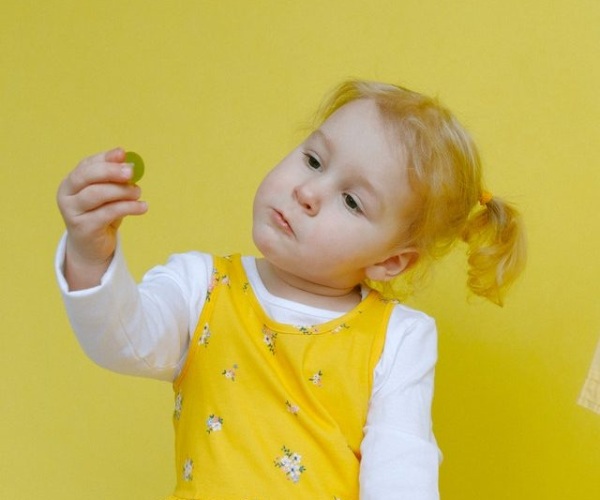Can I do mindfulness with my child?

Mindfulness is not just a skill for adults – childhood is a wonderful time to introduce it. Your child can use this skill throughout their life in areas such as emotion regulation, self-control, and decision making. Here I discuss how to explain mindfulness, why teach it with your child, and a few fun ways to practice it together (that doesn’t include meditation!)
How do I explain it?
Mindfulness can be tricky to explain, particularly to children. You could introduce it something like this, “Mindfulness is a way of practicing becoming fully aware of what is around you by using all of your attention. We do this by using our five senses – touch, taste, sight, sound, and smell”. To increase their motivation, you could also add:
- “Learning to surf the waves of different feelings makes me feel more in control”
- “Sometimes I do my own weather report on how I am feeling by pausing and checking in with my body”
- “Paying attention to what is around me makes me feel good and enjoy the moment”
- “Imagining my thoughts on the clouds floating by helps clear my head”
Why do it with children?
Mindfulness helps children to;
- regulate their emotions
- develop self-compassion
- tolerate emotions associated with taking risks and making mistakes
- be less influenced by unhelpful thoughts
- lessen the negative impacts of bullying
- improve attention and focus
- improve social skills
But they won’t sit through a 5 minute meditation!
It is not surprising that children find it difficult to sit still, listen, and remain attentive given that their ability to regulate and focus is still developing. Don’t worry, there are many other ways besides meditation for children to practice mindfulness. What I have found helpful within therapy is to make the mindfulness activities fun, interesting, and full of movement where possible.
Below are six fun ways for children to practice mindfulness
- In a relaxing quiet place, sit with your legs crossed and eyes closed, and breathe deeply in and out. Notice your breath coming in and out of your nose and mouth.
- How’s your heartbeat? Have your child do some jumping jacks for 30 seconds. When finished, get them to place their hand on their heart and pay attention to how their heartbeat and breathing feels.
- Mindful snack. Take a bite and get your child to discuss what they smell, see, taste, hear, and feel from the moment they see it until swallow it.
- Weather report. Sit down with eyes closed and get your child to notice if they are feeling sunny and relaxed, or rainy and grey. Or perhaps there is a storm?
- Safari walk. Go on a walk and get your child to notice what they can see, hear, touch, and smell such as birds, bugs, flowers, rocks.
- Glitter Jar. This exercise helps children to learn about their emotions and thoughts, while practicing mindfulness when watching the glitter swirling and settling in the jar. Watch our vlog on our website or facebook page to find out how to make and use one with your child.
Have a go and let us know which ones your child enjoyed the most.
If you would like to learn more about mindfulness for children, or feel that your child may benefit from a mindfulness based therapy, please give us a call on 6381 0071.